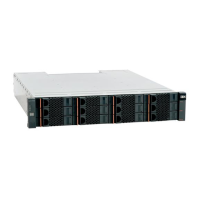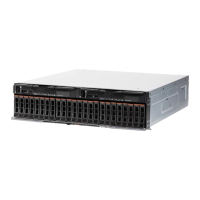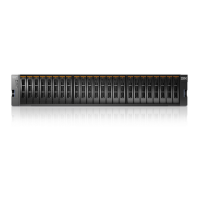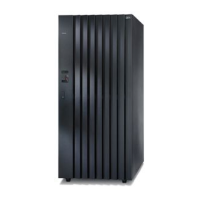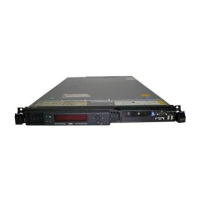Access Control:
User Category Permission
Storage administrator Allowed
Storage integration administrator Disallowed
Application administrator Allowed
Security administrator Disallowed
Read-only users Allowed
Technicians Allowed
Removing Ethernet Ports from IP Interfaces
Removes an Ethernet port from the link aggregation group of an IP interface.
ipinterface_remove_port ipinterface=IPInterfaceName port=P
Parameters:
Name Type Description Mandatory
ipinterfac
e
Object name IP interface from which
the port is to be
removed.
Y
port Integer Number of the port to
be removed from the
group.
Y
This command removes the specified port from the link aggregation group of the
specified IP interface. The module does not need to be specified, because it is the
same module as the other ports of the IP interface.
The last port of the IP interface cannot be removed.
If the IP interface must be moved to a different module, first delete the interface
and then recreate it. This command cannot be applied to Management or VPN
interfaces.
Access Control:
User Category Permission
Storage administrator Allowed
Storage integration administrator Disallowed
Application administrator Disallowed
Security administrator Disallowed
Read-only users Disallowed
Technicians Allowed
Completion Codes:
v IPINTERFACE_DOES_NOT_EXIST
IP Interface name does not exist
v ILLEGAL_PORT_NUMBER
Port number is out of range
Chapter 15. IP Configuration 319
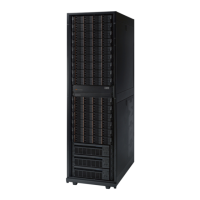
